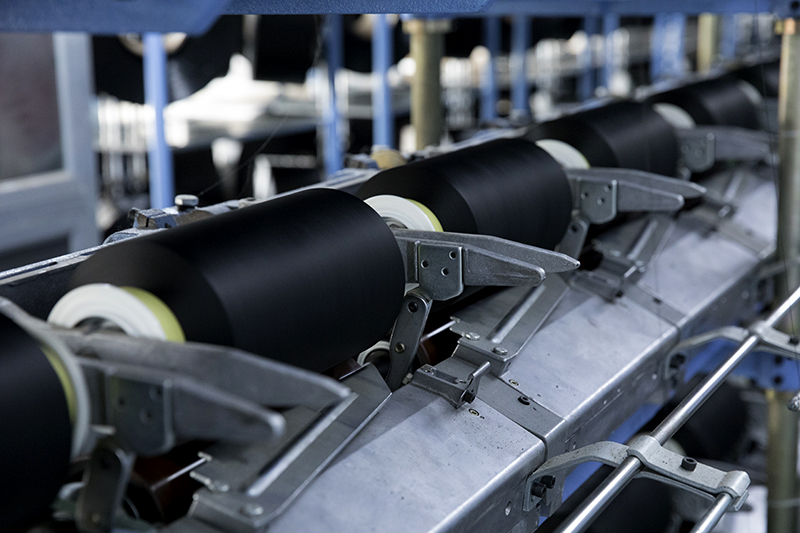White/Brown/Green 150D/48F DTY Yarn 99.99% Polyester AA Grade Eco-friendly Yarn ...
See DetailsCarded cotton yarn has many yarn defects, which not only affects the evaluation of the cotton yarn, but also affects the appearance of the cloth, the inherent quality of the cotton cloth and the use value. This will not only bring disadvantages to the yarn mill, but also bring adverse effects to the production and operation of woven fabrics. To the manufacturer's vital interests. Combined with our company's production practice of carded pure cotton yarn, we now summarize common yarn defects and solutions for carded roving.
cause
Weft yarn thickness
1) When parallel joints are used, the overhang length is too long, too short or the wrapping ring is too tight and too loose to form a thick and thin weft.
2) The slivers and slivers pass through the parts (such as the bundler, bell mouth, spindle wing channel, etc.) are not smooth, resulting in hanging flowers brought into the sliver or the sliver during the transportation process, or the sliver barrel is damaged and the uneven thickness is formed. latitude.
3) When the roving ends, the sliver floats into the adjacent sliver and the double yarn is fed to form a coarse weft.
4) When processing and rough winding rubber rollers and rollers, the thin strips are not pulled out or the broken head automatic stop device fails and the strips are not stopped, forming thin wefts.
5) The sliver hangs on the back of the roving frame and the batch is dropped. The turner didn't find it in time and fed the roving to form a fine weft.
6) Improper operation of the roving Machine when changing teeth, rubber roller movement when unloading pressure, or transmission inertia when turning the car, etc., form a fine weft.

Slub yarn
1) Not carrying out according to the operation method, the velvet board flowers in the combing, merging and thickening process, the short pile at the bell mouth and various accumulated flowers are brought in, and the flying flowers are moved to form the velveteen slub yarn.
2) The drawing pressure bar is improperly positioned, and the coarse transmission gear is too loosely engaged, the keyway or shaft hole is worn out and loosened to produce intermittent cotton nets, forming slub yarn.
3) The surface of the coarse rubber roller is rough, the roller groove is not smooth, and there are burrs. The yarn channels of each part are not smooth, and there is sticking and blocking phenomenon, forming a slub yarn.
4) The coarse cleaning device fails, the pile loop does not rotate, the suction of the suction device is too small, the fleece under the roving does not contact the roller or is not cleaned, causing the fleece flowers to be attached to form a slub yarn.
5) The bottom of the car belly is not cleaned in time after carding, which causes the velvet board flowers on the sliver to enter and form the velvet yarn.
6) In the process of flattening the car, the oil slub yarn is formed due to poor work or careless cleaning work.